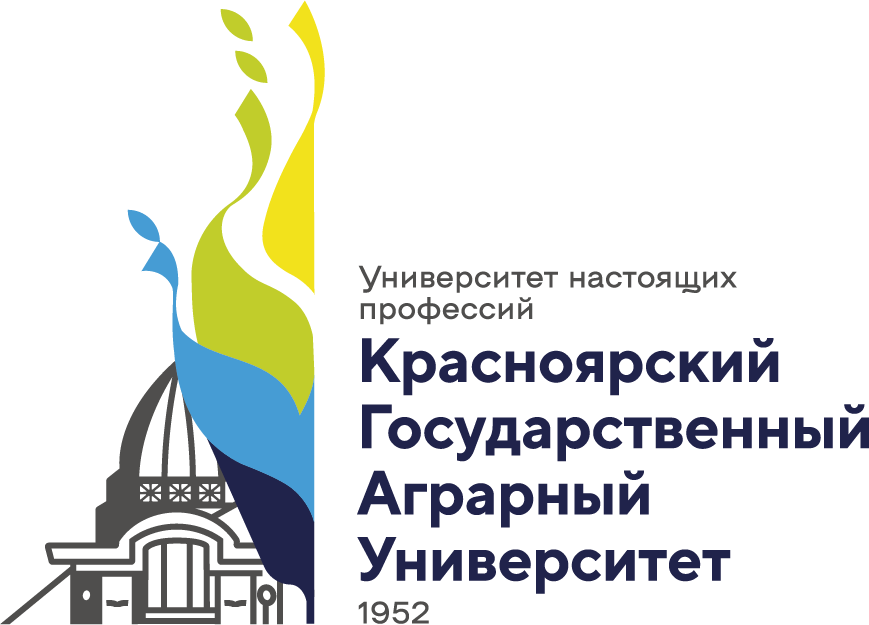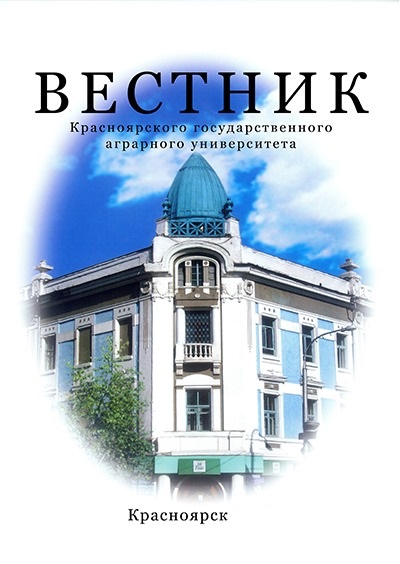The purpose of the study was to examine ecological and taxonomic structure of birds in rural settlements of Russian Ishim Region. The work was carried out on the territory of seven eastern regions of the South of Tyumen Region. Three types of rural settlements of the given territory are examined. As a result of the research for large settlements in the Central forest-steppe noted 43 species of birds in the Northern forest- steppe to 40 species in portage 41. Average settlement on the subject of avifauna were studied in the southern taiga subzone, 47 bird species were identified. In small towns theaverage forest - 57 species in the Northern forest-steppe - 59 species in portage - 52 species in the southern taiga of the 50 species. In total 68 species of birds from 44 genera, 21 families and 7 orders were recorded. Species composition and ecological structure of bird communities are defined. The differences in the environmental structure of avifauna towns by type of food, confinement to habitats, the nature of the host birds, and the degree of centropomidae depending on both the type of settlements and provisions in specific climatic zone are revealed. The type of synanthropization is dominat- ed by asinantropes (61 %).On the nature of stay the group of seasonal stay (45.5 %) dominates. According to the type of food there is a discrepancy in dominant groups. So, in large settlements birds, in small and medium-sized settlements - insectivorous birds (30.8 %) omnivorous (19 %) dominate. According to the type of confinement to habitats in all types of settlements and all subzones dendrophile dominate (72 %).
birds’ population, Ishim Region, synanthropic types, rural settlements, climatic zone
1. Czech B., Krausman P.R., Devers P.K. Economic associations among causes of species endangerment in the United States // Bioscience. - 2000. - V. 50, № 7. - P. 593-601.
2. Sala O.E., Chapin F.S., Armesto J.J. [et al.]. Global biodiversity scenarios for the year 2100 // Science. - 2000 - V. 287, № 5459. - P. 1770-1774.
3. Tisdale H. Process of urbanization // Soc Forces. - 1941 - V. 20. - P. 311.
4. Marzluff J.M., Bowman R., Donnelly R. Worldwide urbanization and its effects on birds. Avian ecology and conservation in an urbanizing world. Kluwer Academic, Norwell. - 2001. - P. 19-47.
5. McKinney M. Effects of urbanization on species richness: a review of plants and animals // Urban Ecosyst. - 2008. - V.11, № 21. - P. 61-176
6. Donnelly R., Marzluff J. Relative importance of habitat quantity, structure, and spatial pattern to birds in urbanizing environments // Urban Ecosyst. - 2006 - V. 9, № 2. - P. 99-117.
7. Sandstrom U.G., Angelstam P., Mikusinski G. Ecological diversity of birds in relation to the structure of urban green space // Landsc Urban Plan. - 2006. - V. 77, № 1-2. - P. 39-53.
8. Croci S., Butet A., Clergeau P. Does urbanization filter birds on the basis of their biological traits? // Condor. - 2008 - V. 110, № 2. - P. 223-240.
9. Gulgenov S.Zh. Ekologo-faunisticheskiy analiz soobschestv ptic sel'skih naselennyh punktov Baykal'skoy Sibiri: avtoref. dis.. kand. biol. nauk. - Ulan-Ude, 2004. - 19 s.
10. Gashev S.N. Zoogeografiya i istoriya faun: ucheb. posobie. - Tyumen': Izd-vo TyumGU, 2008. - 256 s.
11. Ravkin Yu.S. K metodike ucheta ptic lesnyh landshaftov // Priroda ochagov kleschevogo encefalita na Altae (severo-vostochnaya chast'). - Novosibirsk, 1967. - S. 66-75.
12. Ryabicev V.K. Pticy Urala, Priural'ya i Zapadnoy Sibiri: sprav.-opredelitel'. - Ekaterinburg, 2008. - 634 s.
13. Dorzhiev C.Z., Sandakova S.L. Ekologicheskiy analiz fauny i naseleniya sinantropnyh ptic (na primere g. Ulan-Ude) // Rasteniya i zhivotnye v nazemnyh ekosistemah. Baykal'skiy ekologicheskiy vestnik. - Ulan-Ude, 2003. - Vyp. 3. - S. 97-117.
14. Stepanyan L.S., Pavlov D.S. Konspekt ornitologi- cheskoy fauny Rossii i sopredel'nyh territoriy (v granicah SSSR kak istoricheskoy oblasti). - M.: Akademkniga, 2003. - 808 s.










